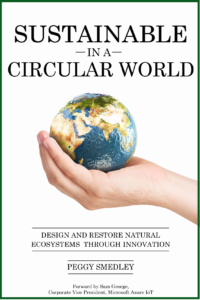For the past two years, many people have been talking about IAC (indoor air quality) in homes and buildings and how that is a key factor in helping to prevent the spread of diseases. With this at the forefront, the Biden-Harris Admin., has been taking some big steps to stop the spread of COVID-19 and improve indoor air quality.
The administration and Congress have provided hundreds of billions of dollars in federal funds that can be used in schools, public buildings, and other settings to improve indoor air quality. The American Rescue Plan provided $350 billion for state and local governments, as well as $122 billion for schools, which can be used to support making ventilation and filtration upgrades. American Rescue Plan dollars are being put to work in communities around the country in improving HVAC (heating, ventilation, and air conditioning) systems.
As a more recent example, in March, the administration launched the Clear Air in Building Challenge, which calls on all building owners and operators, schools, colleges and universities, and organizations of all kinds to adopt key strategies to improve indoor air quality in their buildings. While the recommended actions cannot completely eliminate risks, they will reduce them.
Let’s take a closer look at the best practices guide that was released by the EPA (Environmental Protection Agency), as part of the challenge. The objective is to provide a clear set of recommendations for improving indoor air quality and reducing the risk of spreading dangerous particles. The suggestions are organized into four groups.
1. Create a clean indoor air action plan. The objective here is to assess indoor air quality and plan for upgrades and improvements. A big component of this includes HVAC inspections and maintenance—something we have talked about being a big component for both buildings and homes.
2. Heighten fresh air ventilation. This was something Charlie Culp, professor, Dept. of Architecture, Texas A&M University, also said to me in his interview on The Peggy Smedley Show. As we get better sealed, which is good energy wise, it is worse for our health because of the lack of fresh air. Thus, we need best practices for how to bring in and circulate clean outdoor air.
3. Improve air filtration and cleaning. The EPA recommends using the central HVAC system and in-room air cleaning devices to do this.
4. Finally, involve all the building stakeholders in the process. It suggests communicating with building occupants to increase awareness, commitment, and participation.
While these are the four groups, in each of these recommendation areas, the EPA digs deep and lays out clear actions that building owners and operators can implement. And this is simply one recent example of how the administration is continuing to advance indoor air quality in buildings.
What I think has the most legs about this particular guide is it includes quick steps all organizations can take right away as a starting place, as well as resources to help plan for longer-term investments and improvements. But it’s just a beginning. We need to take action that will make a difference today, while also planning for an even better tomorrow. We need to do more. We all need to be committed to the effort. Until next time.
Want to tweet about this article? Use hashtags #IoT #sustainability #AI #5G #cloud #edge #futureofwork #digitaltransformation #green #ecosystem #environmental #circularworld


